Everything you need to know about Everesting: How to do it and the current record holders
Climbing 8,848m of elevation has risen in popularity during the coronavirus lockdown
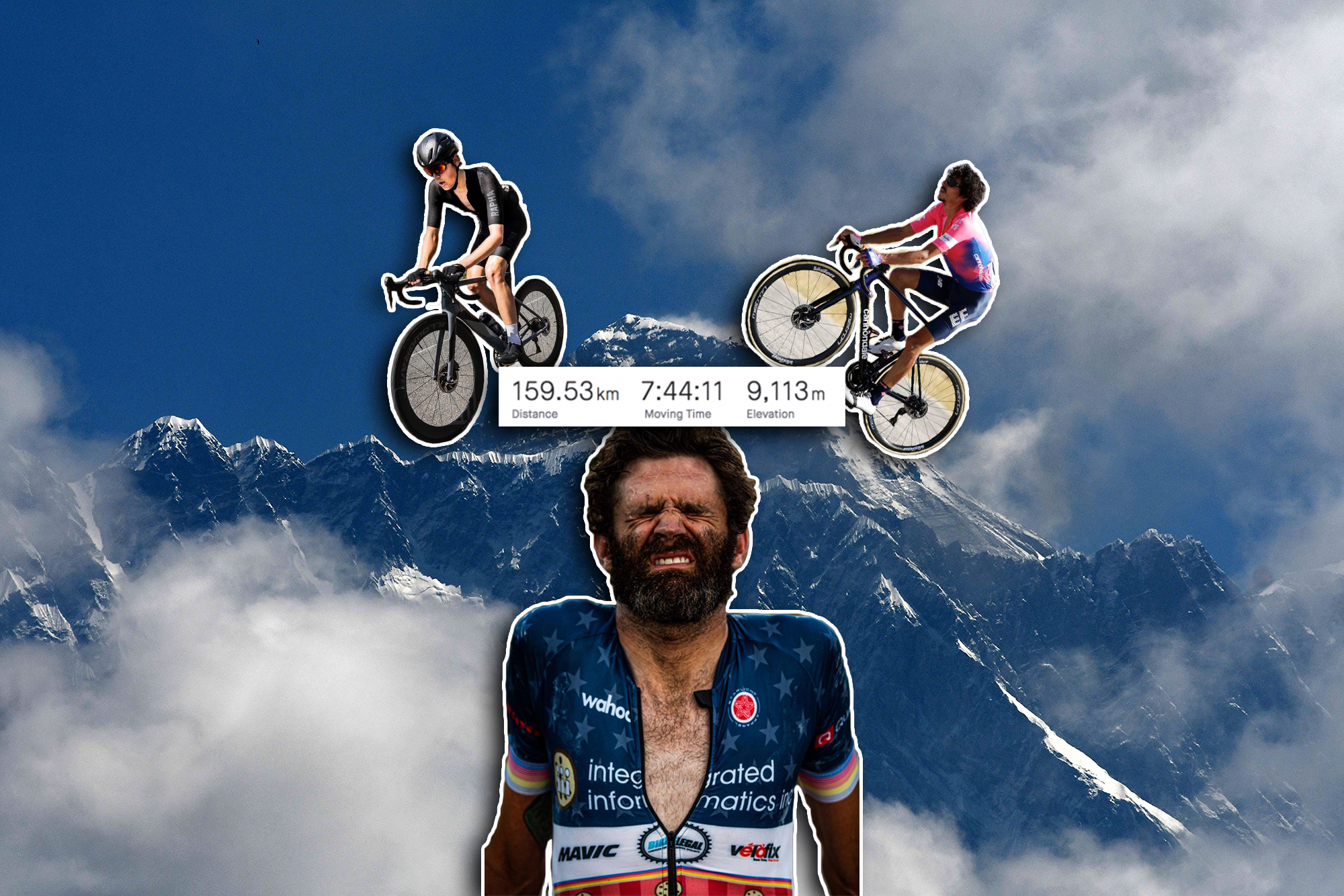
Everesting (Getty)
As the world came to a juddering halt in order to deal with the coronavirus pandemic, cycling fans mourned the premature end to racing just as the season was starting, while club rides were also cancelled just as winter was coming to an end.
The UCI began hurriedly rescheduling the biggest bike races while cyclists turned first to indoor trainers, which flew off the shelves, before then taking advantage of the quieter roads - a phenomenon we may never see again, save for another global pandemic.
With socially distanced riding the only permitted cycling for a while, many started looking for new, individual challenges.
Philippe Gilbert opted for Strava bragging rights, spontaneously taking the KoM up La Redoute before challengers immediately cropped up out of the woodwork. Others decided to create entirely new disciplines, such as the Garden Hour Record.
>>> 13 hours and 292 ascents: How one rider Everested in the Netherlands
The most popular, however, has been Everesting. Here's everything you need to know about the latest challenge every rider and their nan has been attempting during lockdown.
What is Everesting?
Get The Leadout Newsletter
The latest race content, interviews, features, reviews and expert buying guides, direct to your inbox!
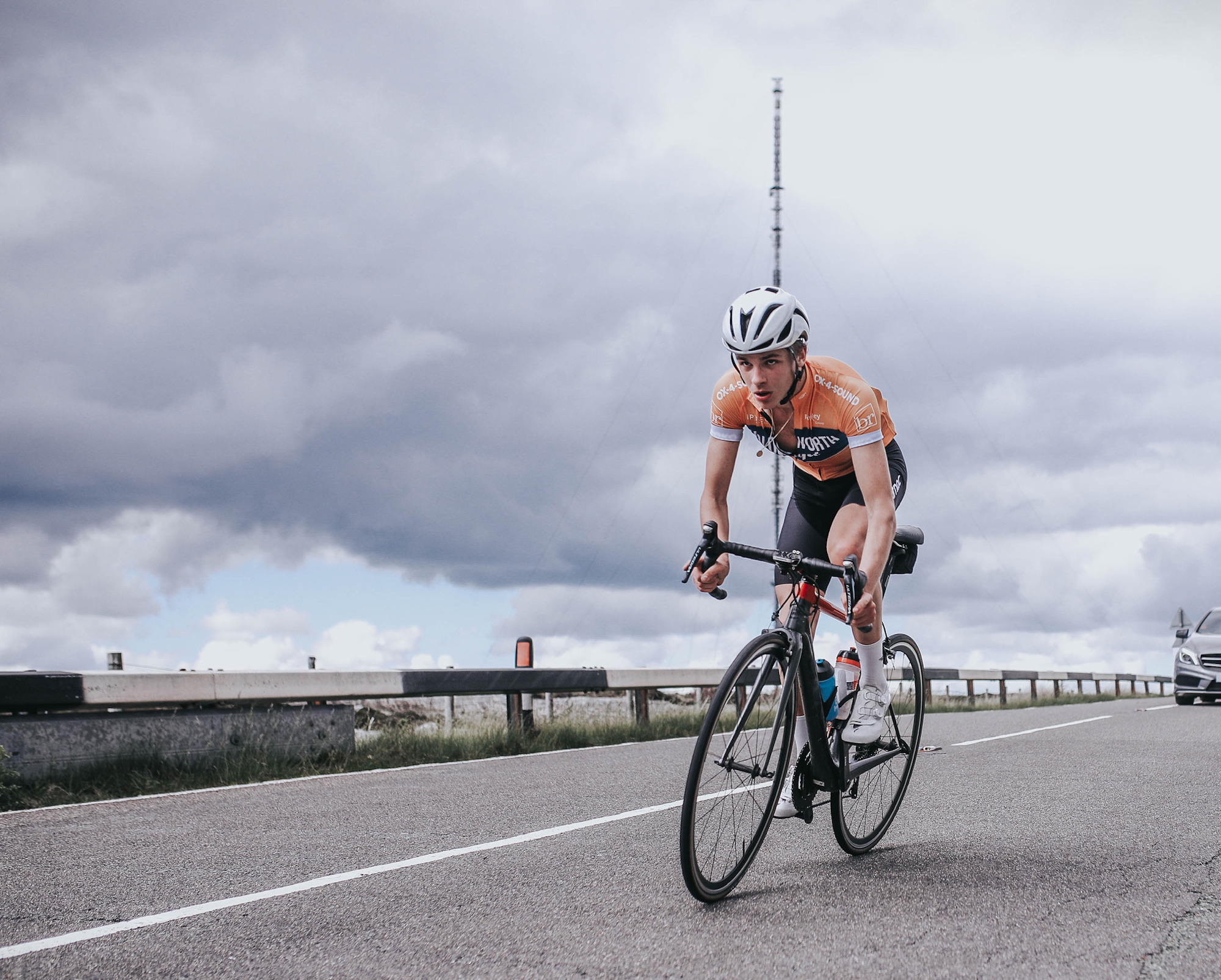
The idea is fairly simple: climb 8,848m of elevation, the equivalent of Mount Everest, the Earth's highest mountain above sea-level.
Hells 500 are the "creators and custodians" of Everesting and verify efforts before they enter the hall of fame containing successful attempts.
George Mallory, the grandson of a mountain climber who took part in the first three British expeditions to Mount Everest in the early 1920s, undertook the first ride to be described as an Everesting. He ascended Mount Donna Buang, located in the Victorian Alps in Australia, in 1994, completing eight laps of the 1,069 metre hill.
Hells 500's Andy van Bergen then went on to cement the rules of Everesting after hearing about Mallory's effort, organising the first-ever group Everesting, where 40 of the 65 riders who started completed the challenge.
"It all started with a bunch of guys who liked riding in the hills. Too much," Hells 500's website reads. "We liked the fact that as hill riders we were on the fringe, so rather than race – we would set ourselves goals that no one else was doing. The pre-requisite for any challenge that we set was that it had to be tough.
"To qualify, it needed to be too difficult to just go out and ride it. We would spend months training up for each new epic – usually timed with the onset of spring. This meant that the crux of our training every year was undertaken in the cold, dark, and wet winters when everyone else would stay under the doona."
What are the rules?
Everesting attempts must be recorded on Strava while virtual Everestings must be completed on Zwift. The total elevation gain of your ride must be at least 8,848m, it must take place on a single climb and in one single ride. You are allowed to take breaks but this is factored into your time. A full list of the rules can be found here.
What is vEveresting?
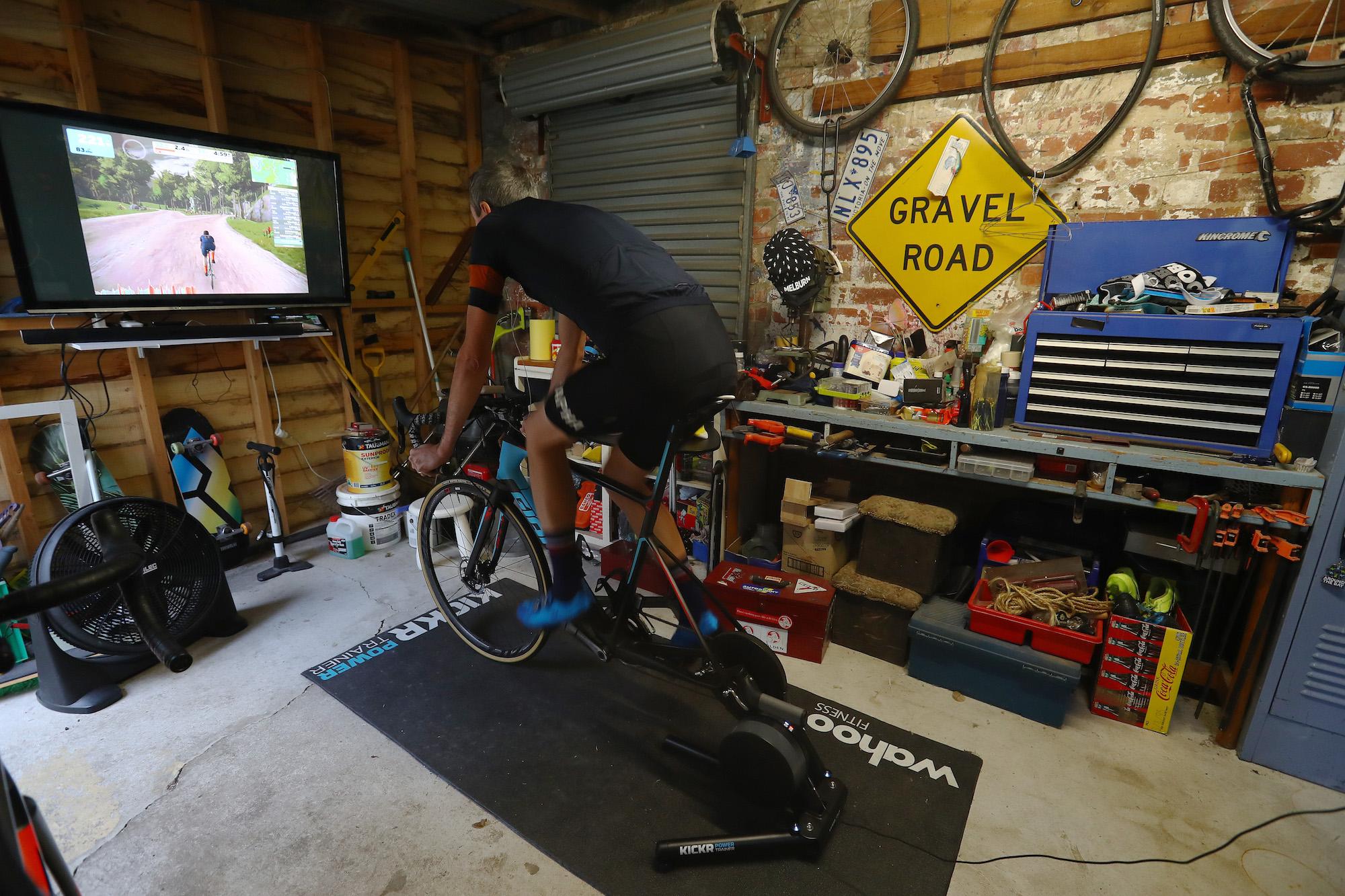
Frank Garcia was the first person to virtual Everest, or vEverest, in 2015. A serious rider in his youth, Garcia rode up Watopia Wall 314 times in 17 hours and 18 minutes.
As lockdown began and pros faced countless hours on their turbos, the likes of Mark Cavendish and Luke Rowe were among those completing virtual Everesting (vEveresting) rides on Zwift from the comfort of their homes rather than in the Nepalese wilderness.
Virtual Everesting is a lot more accessible as you can complete the challenge without needing a favourable climb close to where you live, as well as not having to worry as much about losing concentration on the road as you tire on the high-speed descents.
An 11-year-old American recently completed a virtual Everesting, starting at 6.30am and spending nearly 15 hours in the saddle to reach 8,840m of elevation.
Meanwhile, the Kingston Wheelers cycling club raised £13,000 for their local NHS hospital by climbing a combined 200,000 metres in a single weekend.
How do I submit my Everesting attempt?
You can submit your attempt on Hells 500's website, where you are asked to connect your Strava profile. Hells 500 then scans your account for any activity over 4,000m of elevation gain, with the opportunity to add any comments to aid whoever is verifying your attempt. Someone at Hells 500 will then manually review your ride, so it may take a couple of days to get a response.
Who holds the world record for the fastest Everesting?
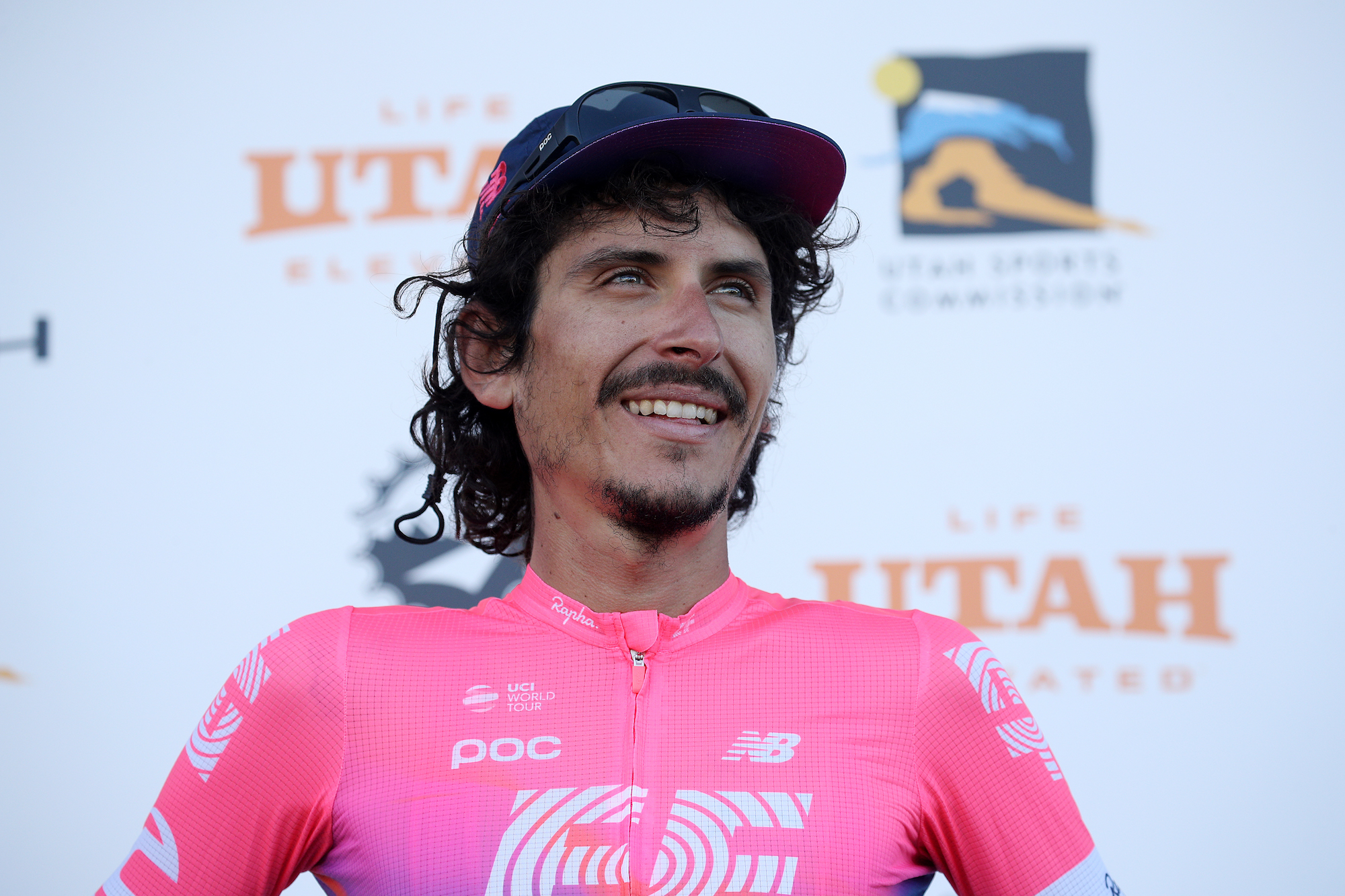
EF Pro Cycling's Lachlan Morton holds the current record of seven hours, 29 minutes and 57 seconds, which he set on Saturday June 20, his second Everesting attempt in a week after his first record-setting attempt was disqualified.
Due to a miscalculation of the Rist Canyon climb in Colorado, the Australian finished his ride 450m short of 8,848m, after the 1.9km-long, 11 per cent average gradient climb only took in 200m of elevation, not 213m.
For his second attempt on the same climb, Morton turned around on the descent 340m earlier than he did during the first attempt, saving more than a minute of ascending per lap.
He took the record off US national mountain bike champion Keegan Swenson, who set a time of seven hours and 40 minutes in Park City, Utah. Swenson had taken the record just four days after Phil Gaimon set a time of seven hours and 52 minutes, the former pro turned YouTuber doing a lot to promote and publicise the challenge.
Gaimon's time had been the fastest since Tobias Lestrell set a new best time back in 2017 of eight hours and 29 minutes.
After taking the record, Gaimon predicted a current pro would come out and decimate his time, which turned out to be true. Bora-Hansgrohe's Emanuel Buchmann looked to have been the first to do it, submitting a time of seven hours and 28 minutes, until he was disqualified for numerous rule breaks.
What other Everesting records exist?
Craig Cannon began a 'simple' Everesting attempt before turning it into a world record for the most elevation gained in 48 hours, achieving 29,146m.
The first woman to Everest was Sarah Hammond in February 2014, tackling Australia's Mount Buffalo climb eight times, with the current women's record held by Britain's Hannah Rhodes, who rode Kirkstone Pass in the Lake District 27.5 times in a time of 9-08-31.
Tom Seipp is the youngest person to Everest, having Everested Stwlan Dam in Wales at the age of 12 years old. Meanwhile, Charlie Rentoul was the first to Everest the 'tallest' mountain in the world, climbing dormant volcano Mauna Kea in Hawaii just twice to achieve his record. The climb is known to be one of the hardest in the world, featuring steep gravel sections and altitude peaks of 4,200m.
Ben Soja was the first to Everest on a unicycle, ascending Mount Lowe in California ten times, his effort taking 23 hours.
What does the future hold for Everesting?
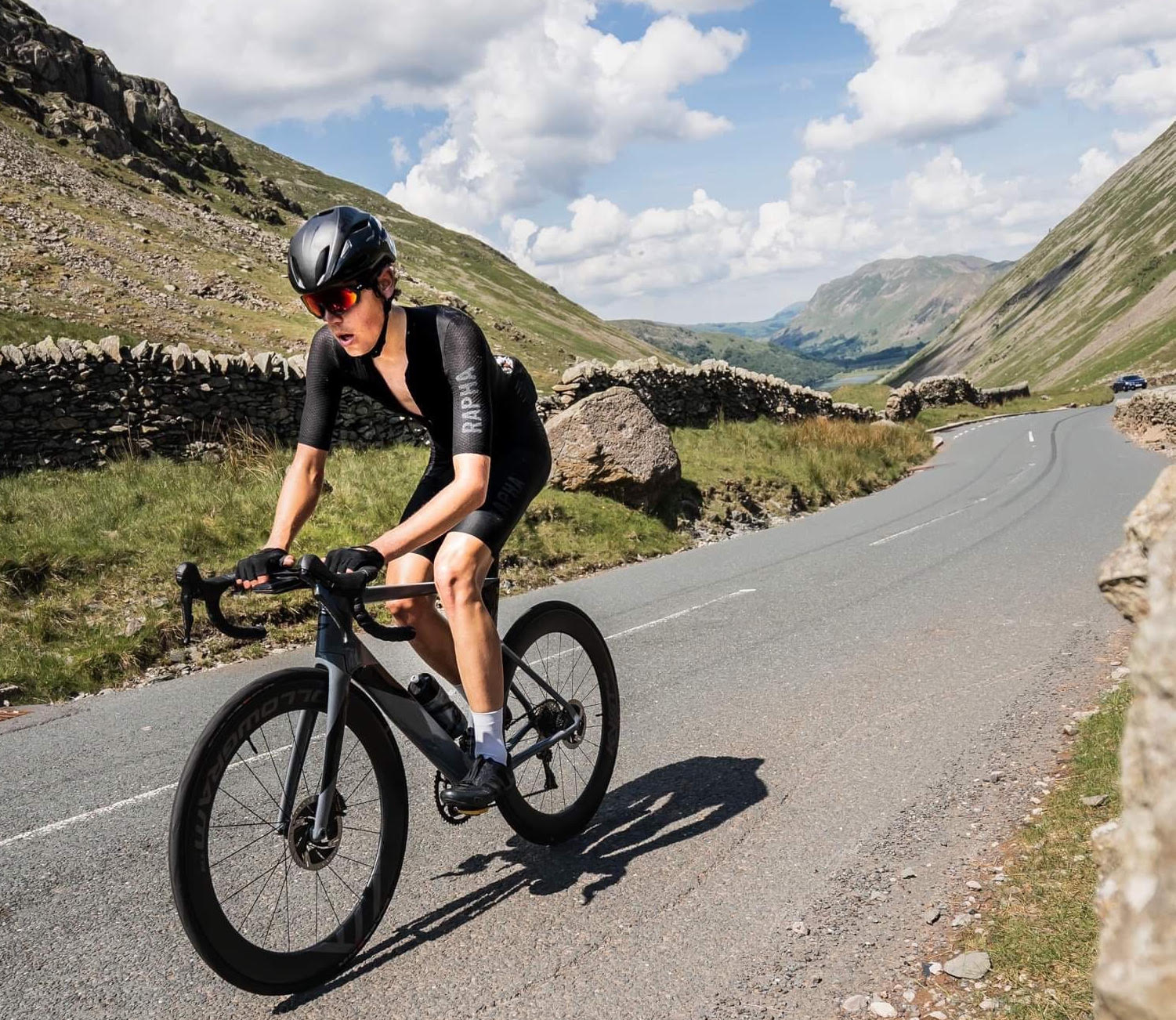
As many people attempt to bring the time of the world record down further and further, others are taking the concept in a different direction.
Dutch pro Etienne van Empel rode 301km on a climb with just 31m elevation, proving that Everesting in the Netherlands is actually possible. He made 292 ascents of the 0.5km-long, six per cent average gradient climb, taking nearly 13 hours to reach 8,848m.
Hopefully, this sort of inventiveness continues, although Andy van Bergen says that since Everesting began he's feared someone will have a serious accident while completing the "extreme" challenge. Therefore, Hells 500 will no longer give public callouts celebrating the more niche record-breaking rides.
"I’ve been giving the records a lot of thought. The overall record is only really possible now by highly trained and experienced pro cyclists, however other permutations of records, like country, age-based, terrain type etc. are still in the realm of amateur riders," Van Bergen wrote in a post.
"This is an extreme challenge, and my fear since starting this concept would be that someone would have a serious accident whilst participating, so where possible I’ve put boundaries in place - for example making allowances for start and finish points if safety is a factor, adding in a two-hour sleep allocation for multiple Everestings, and until recently never making a deal about time-based records.
"We will continue to verify and acknowledge the overall male/female fastest time for cycling, running, and virtual rides, however, we will no longer highlight other records.
"All rides will still be accepted into the hall of fame, and the hall of fame filters will allow people to do their own sleuthing, however, we won’t be publicly calling out or shortening rides to determine the exact ‘official’ time other than those overall records.
"Rider safety is first and foremost in my mind, and with these time records really pushing the boundaries I want to make sure that if that is happening, then it’s through no promotion or encouragement from Hells 500.
"As our amazing community pointed out “It only counts if you get back down from the mountain. Ride safe out there - whether it’s 7.5 hours on the bike or 27.5 hours."

Thank you for reading 20 articles this month* Join now for unlimited access
Enjoy your first month for just £1 / $1 / €1
*Read 5 free articles per month without a subscription

Join now for unlimited access
Try first month for just £1 / $1 / €1
Jonny was Cycling Weekly's Weekend Editor until 2022.
I like writing offbeat features and eating too much bread when working out on the road at bike races.
Before joining Cycling Weekly I worked at The Tab and I've also written for Vice, Time Out, and worked freelance for The Telegraph (I know, but I needed the money at the time so let me live).
I also worked for ITV Cycling between 2011-2018 on their Tour de France and Vuelta a España coverage. Sometimes I'd be helping the producers make the programme and other times I'd be getting the lunches. Just in case you were wondering - Phil Liggett and Paul Sherwen had the same ham sandwich every day, it was great.
-
 A bike rack with an app? Wahoo’s latest, and a hub silencer – Sea Otter Classic tech highlights, Part 2
A bike rack with an app? Wahoo’s latest, and a hub silencer – Sea Otter Classic tech highlights, Part 2A few standout pieces of gear from North America's biggest bike gathering
By Anne-Marije Rook
-
 Cycling's riders need more protection from mindless 'fans' at races to avoid another Mathieu van der Poel Paris-Roubaix bottle incident
Cycling's riders need more protection from mindless 'fans' at races to avoid another Mathieu van der Poel Paris-Roubaix bottle incidentCycling's authorities must do everything within their power to prevent spectators from assaulting riders
By Tom Thewlis